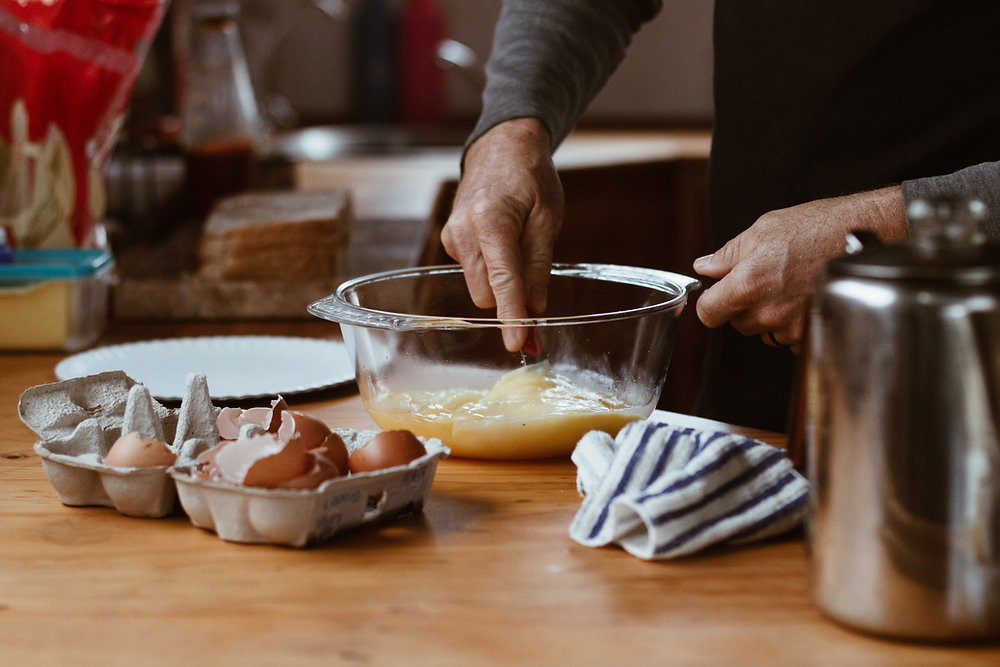
Enhance your culinary prowess and elevate your dishes from ordinary to extraordinary with these 5 essential culinary techniques.
From mastering the art of precise knife skills to perfecting the art of sautéing, roasting, grilling, and braising, this article will equip you with the knowledge and skills needed to create flavorful and impressive meals.
Discover the secrets behind these techniques as we guide you through each step, ensuring both culinary success and safety in the kitchen.
Get ready to embark on a culinary adventure that will leave your taste buds tantalized and your guests impressed.
Knife Skills
Mastering knife skills is essential for any aspiring chef, as it allows for precise and efficient cutting, slicing, and dicing of ingredients.
However, it is important to prioritize knife safety to avoid accidents and ensure a smooth cooking experience.
Always hold the knife securely with a firm grip, keeping your fingers away from the blade.
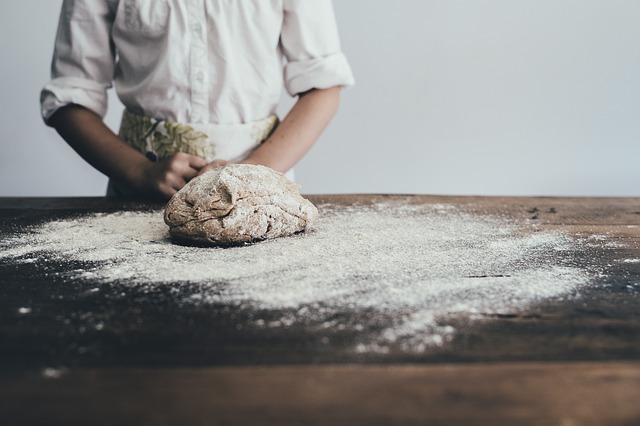
Pay attention to the cutting surface, using a stable and non-slip cutting board to prevent the knife from slipping.
When not in use, store knives securely in a knife block or sheath to protect the blade and prevent accidental cuts.
Additionally, regular knife sharpening is crucial to maintain their effectiveness.
Dull knives can slip and cause injury, so invest in a good sharpening tool or hire a professional to keep your knives sharp and safe.
Sautéing
To achieve flavorful and perfectly cooked dishes, it is essential for a chef to master the art of sautéing. Sautéing involves cooking food quickly in a hot pan with a small amount of oil or fat. This technique not only enhances the taste of the ingredients but also preserves their natural texture and color.
Here are some sautéing techniques to elevate your dishes:
- Proper heat control: Start by heating the pan over medium-high heat and make sure it's evenly heated before adding the oil or fat.
- Evenly sized ingredients: Cut your ingredients into uniform pieces to ensure they cook evenly and at the same rate.
- Flavorful seasonings: Sprinkle your ingredients with salt, pepper, and other seasonings to enhance their taste and create depth of flavor.
Roasting
In the realm of culinary techniques, roasting stands as a reliable method to elevate the flavors and textures of ingredients, building upon the foundations laid by sautéing.
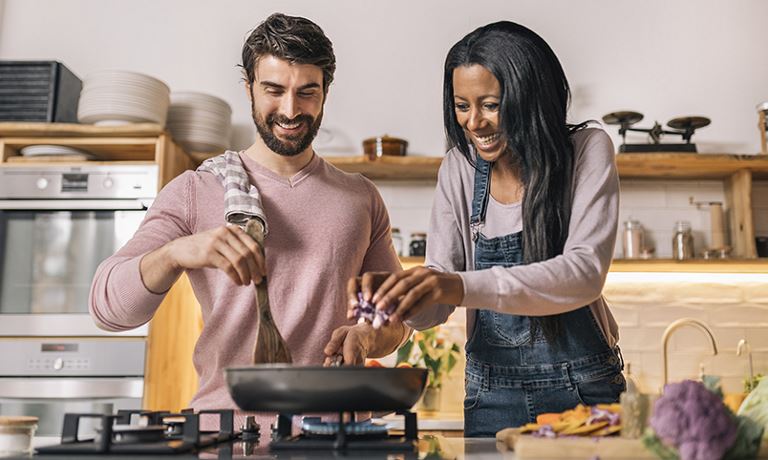
Roasting vegetables and meats involves cooking them at high temperatures in an oven or over an open flame, allowing the natural sugars to caramelize and intensify the flavors. This technique creates a beautiful depth of flavor and a satisfyingly crispy exterior while maintaining the juiciness and tenderness within.
Roasting vegetables, such as carrots, broccoli, or Brussels sprouts, brings out their natural sweetness and enhances their earthy flavors. Similarly, roasting meats, like chicken, beef, or pork, results in a golden-brown crust that seals in the juices, creating a succulent and flavorful dish.
Whether it's vegetables or meats, roasting is a versatile technique that adds richness and complexity to any meal.
Grilling
Continuing the exploration of culinary techniques, grilling offers another avenue to enhance the flavors and textures of ingredients, complementing the flavors developed through roasting.
Grilling not only adds a smoky and charred taste to food, but it also creates a delightful contrast of crispy exteriors and juicy interiors.
To achieve the best results when grilling, it is essential to use flavorful marinades that infuse the ingredients with aromatic herbs, spices, and oils, adding depth and complexity to the final dish.
Additionally, mastering perfect grilling temperatures is crucial for ensuring that the food is cooked evenly and retains its moisture.
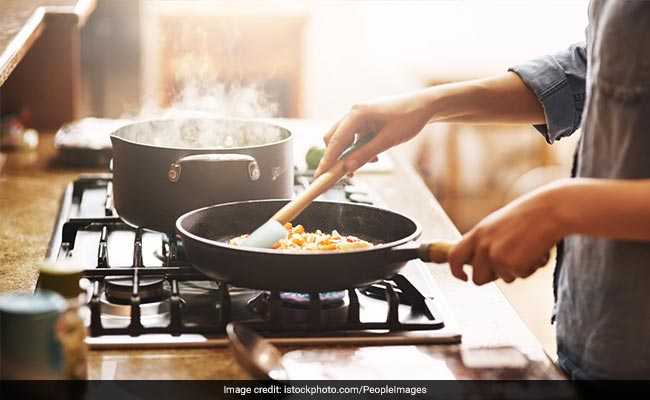
Braising
Braising enhances the flavors and tenderness of ingredients through slow cooking in a flavorful liquid. Often referred to as the art of slow cooking, braising involves searing the meat to develop a rich crust, then simmering it in a liquid such as broth, wine, or sauce. This method is perfect for tougher cuts of meat, as the slow and gentle cooking process breaks down the tough fibers and transforms them into tender, melt-in-your-mouth goodness.
The beauty of braising lies in the depth of flavors it imparts to the meat. As the meat cooks low and slow, the flavors from the liquid infuse into every bite, resulting in a dish that is rich, succulent, and bursting with taste. The braising liquid also acts as a natural tenderizer, ensuring that even the toughest cuts become tender and juicy.
Braised meats can be incredibly versatile, allowing you to experiment with different herbs, spices, and seasonings to create a wide range of flavors. From hearty beef stews to tender lamb shanks and fall-off-the-bone chicken, braising elevates the taste of meats to a whole new level.
When braising, it is important to ensure that the liquid covers the meat at least halfway to prevent it from drying out. Additionally, make sure to keep the cooking temperature low and steady to achieve the best results. It is also crucial to handle raw meat safely, following proper food safety guidelines to prevent any risk of foodborne illnesses.
Frequently Asked Questions
How Can I Improve My Presentation Skills to Make My Dishes Look More Appetizing?
Improving plating skills and enhancing food presentation can greatly enhance the overall dining experience. By paying attention to details such as arrangement, color, and garnishes, you can make your dishes look more appetizing and visually appealing.
What Are Some Common Mistakes to Avoid While Sautéing?
When sautéing, it is important to avoid common mistakes that can affect the flavor and texture of your dish. To improve your sautéing technique, follow these tips for proper heat control, ingredient preparation, and stirring techniques.
Can You Recommend Some Alternative Methods of Roasting for Those Who Don't Have an Oven?
When it comes to alternative methods of roasting without an oven, there are several options that can still deliver delicious results. Additionally, creative plating techniques can enhance dish presentation, making it visually appealing and enticing to the palate.
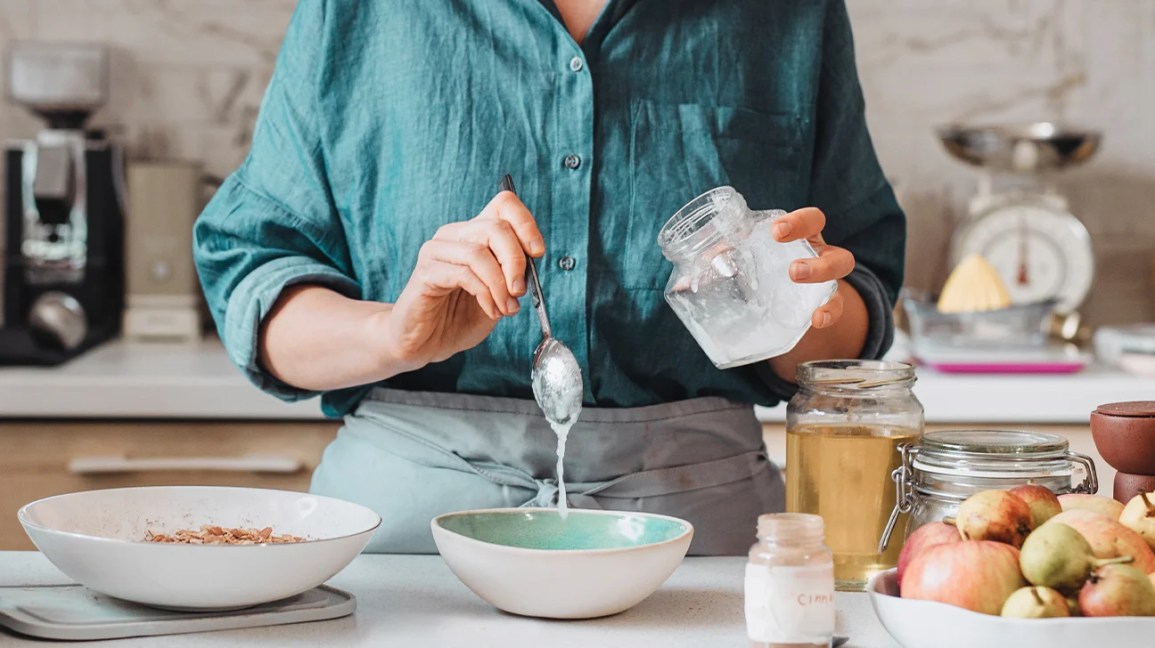
Are There Any Specific Types of Grills or Equipment That Are Recommended for Grilling Beginners?
When it comes to grilling, beginners often wonder what equipment is best suited for their needs. It is recommended to start with a basic charcoal or gas grill, along with essential grilling tools, to ensure a safe and enjoyable grilling experience. Additionally, learning beginner-friendly grilling techniques, such as direct and indirect heat cooking, can help enhance the flavor and presentation of dishes.
What Are Some Tips for Choosing the Right Cuts of Meat for Braising?
When it comes to choosing cuts of meat for braising, understanding marbling and tenderness is key. Look for well-marbled cuts like beef chuck or pork shoulder, which will result in a tender and flavorful dish.
 Family Craft ProjectsHome ImprovementCooking and BakingReuse and RecycleDIY GiftsEco-Friendly ProjectsDIY Home SolutionsSeasonal ActivitiesFun and GamesLearn TogetherPrivacy PolicyTerms And Conditions
Family Craft ProjectsHome ImprovementCooking and BakingReuse and RecycleDIY GiftsEco-Friendly ProjectsDIY Home SolutionsSeasonal ActivitiesFun and GamesLearn TogetherPrivacy PolicyTerms And Conditions

 Family Craft ProjectsHome ImprovementCooking and BakingReuse and RecycleDIY GiftsEco-Friendly ProjectsDIY Home SolutionsSeasonal ActivitiesFun and GamesLearn TogetherPrivacy PolicyTerms And Conditions
Family Craft ProjectsHome ImprovementCooking and BakingReuse and RecycleDIY GiftsEco-Friendly ProjectsDIY Home SolutionsSeasonal ActivitiesFun and GamesLearn TogetherPrivacy PolicyTerms And Conditions
